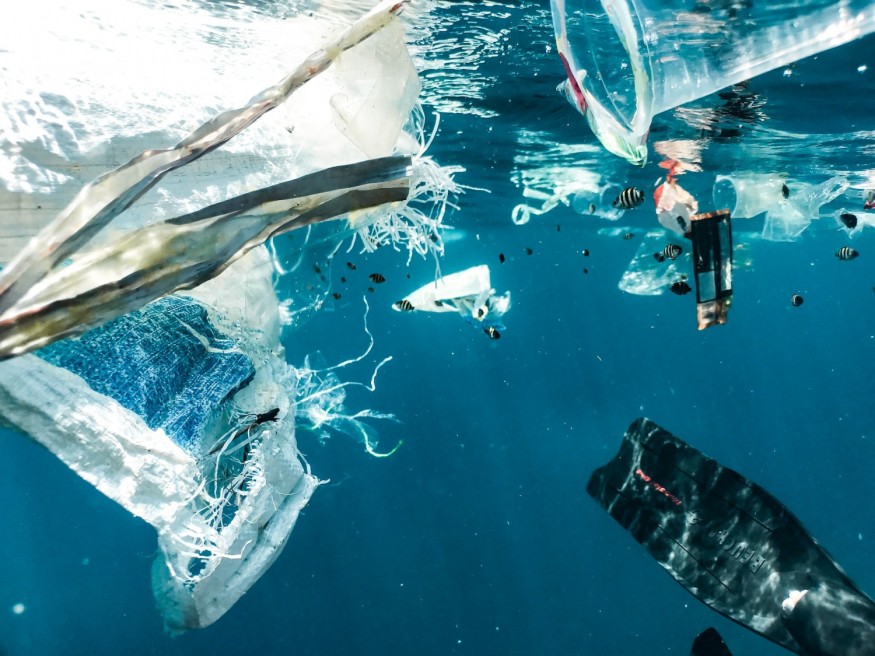Microplastics are tiny particles made from whole plastics as a result of the latter being disposed, shredded, or burnt. Larger than nanoplastics, microplastics are found almost everywhere on Earth, including on land, bodies of water, atmosphere, and even inside the bodies of humans and animals, according to previous studies.
In the context of plastic pollution, the said issue has been one of the greatest environmental challenges facing the modern world. The pollution emanates basically from the production of plastics surpassing the demand for it despite plastic disposal. It is also due to the fact that most plastics on Earth can never be fully destroyed, according to experts. In short, they are almost indestructible.
For decades, scientists have attempted to conceptualize and apply methods to potentially eliminate excess plastics, along with its small versions. One of these methods include the use of plastic-eating bacteria, which can consume these materials. However, there is still no universal solution to address the issue of microplastic pollution.
Now, a new study, which will be published later this year, has found microplastic particles inside the bodies of whales and dolphins, particularly in their tissues. Although the findings are evident due to the worsening marine plastic pollution worldwide, the issue is still alarming since sea creatures can swallow plastic debris floating or submerged in the oceans.
Microplastics Inside Marine Mammals

In the new study to be published in the journal Environmental Pollution in October 2023, researchers have determined the presence of microplastics inside marine mammal organs, notably the bubbler, a thick layer of fat that covers the bodies of animals like whales, seals, and walruses.
Out of all the samples collected by the researchers, 68% of them contain at least one microplastic particle. In particular, the study found that polymer particles and plastic fibers can travel out of the animal's digestive tract, after being swallowed, and stick to their tissues.
Also Read : Microplastics Found in 75% of Fish Meant for Human Consumption: Is It Still Healthy to Eat Seafood?
Plastic Pollution Threat
One may not deny that plastics have been an integral part of our modern life. From consumer products, to packaging, and electronic appliances, plastic has been used in our daily lives and helped us to get through our needs. Yet, multiple research show that these materials are endangering the environment, as well as public health and animals.
According to the United Nations Environment Programme (UNEP), 1 million plastic bottles are bought every minute, while up to 5 trillion plastic bags are used around the world each year. In general, 50% of all plastics produced are intended for single-use purposes, meaning they are purchased once and eventually disposed, the UNEP says.
Only 9% of plastic waste globally is recycled, while, 22% of it is mismanaged, according to the Organization for Economic Cooperation and Development (OECD), which reported that the world is producing twice as much plastic compared two decades ago. Majority of this waste end up in landfill, incinerated, or leaked into the environment, the OECD adds.
© 2025 NatureWorldNews.com All rights reserved. Do not reproduce without permission.





